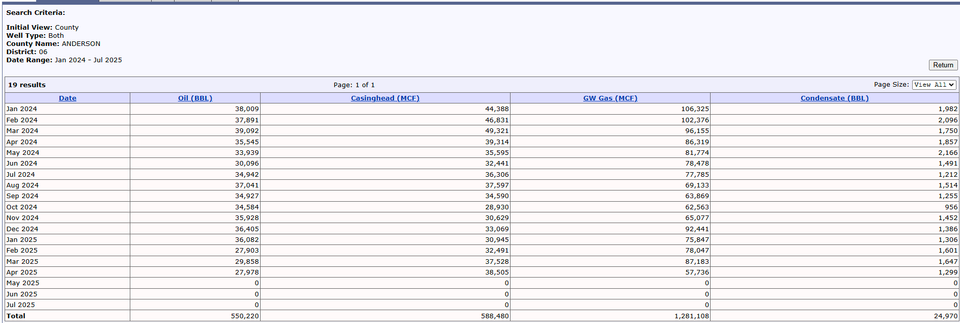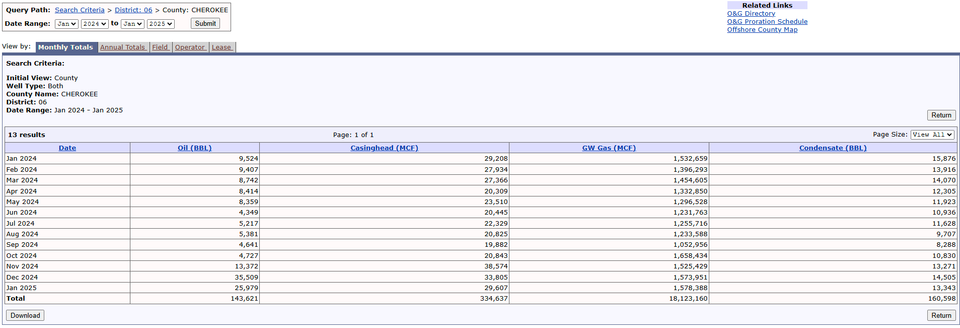
Oil & Gas Drilling in East Texas : Spotlight on Anderson and Cherokee Counties
East Texas has long been a cornerstone of the U.S. oil and gas industry, with Anderson and Cherokee Counties playing significant roles in the region’s energy legacy. Rooted in the prolific East Texas Oil Field and bolstered by modern drilling technologies, these counties continue to contribute to Texas’s oil and gas production. Here’s a look at the current landscape, historical context, and future potential of oil and gas drilling in Anderson and Cherokee Counties.



